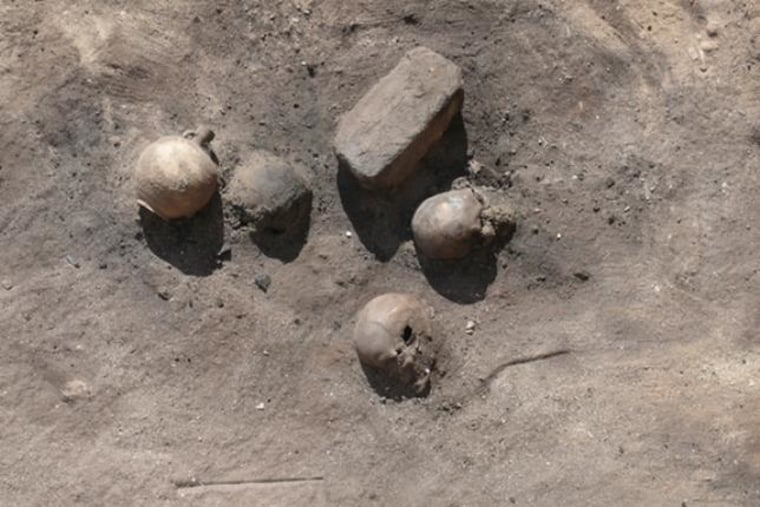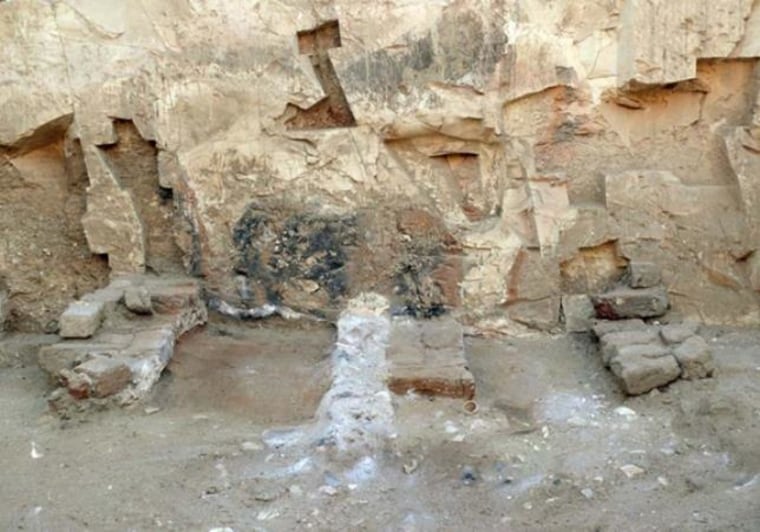Archaeologists have uncovered the remains of an epidemic in Egypt so terrible that one ancient writer believed the world was coming to an end.
Working at the Funerary Complex of Harwa and Akhimenru in the ancient city of Thebes (modern-day Luxor) in Egypt, the Italian Archaeological Mission to Luxor, or MAIL, found bodies covered with a thick layer of lime, which was historically used as a disinfectant. The researchers also found three kilns where the lime was produced, as well as the site of a giant bonfire where many of the plague victims were incinerated.
Sign up for Science news delivered to your inbox

Pottery remains found in the kilns allowed researchers to date the grisly operation to the third century A.D., a time when a series of epidemics now dubbed the "Plague of Cyprian" ravaged the Roman Empire, which included Egypt. St. Cyprian was a bishop of Carthage, a city in Tunisia, who described the plague as signaling the end of the world. [See Photos of the Remains of Plague Victims and Thebes Site]
Occurring between roughly 250 and 271, the plague "according to some sources killed more than 5,000 people a day in Rome alone," MAIL director Francesco Tiradritti wrote in the latest issue of Egyptian Archaeology, a magazine published by the Egypt Exploration Society.
Tiradritti's team uncovered the remains of this body-disposal operation between 1997 and 2012. The monument his team is excavating was originally built in the seventh century B.C. for a grand steward named Harwa. After Harwa's death, the Egyptians continuously used the monument for burial.

However, the use of the complex "for the disposal of infected corpses gave the monument a lasting bad reputation and doomed it to centuries of oblivion until tomb robbers entered the complex in the early 19th century," Tiradritti said.
Cyprian left a gut-wrenching record of what the victims suffered before they died. "The bowels, relaxed into a constant flux, discharge the bodily strength [and] a fire originated in the marrow ferments into wounds of the fauces (an area of the mouth)," he wrote. Cyprian said the intestines were shaken by "a continual vomiting," the eyes felt as if they were on fire, and in some cases parts of the limbs fell off due to putrefaction.
Modern-day scientists speculate that the disease may have been a virulent form of smallpox or measles. While the world did not end, the plague killed two emperors — Hostilian and Claudius II Gothicus —and weakened the Roman Empire.
— Owen Jarus, LiveScience
This is a condensed version of a report from LiveScience. Read the full report. Follow LiveScience on Twitter, Facebook and Google+.